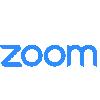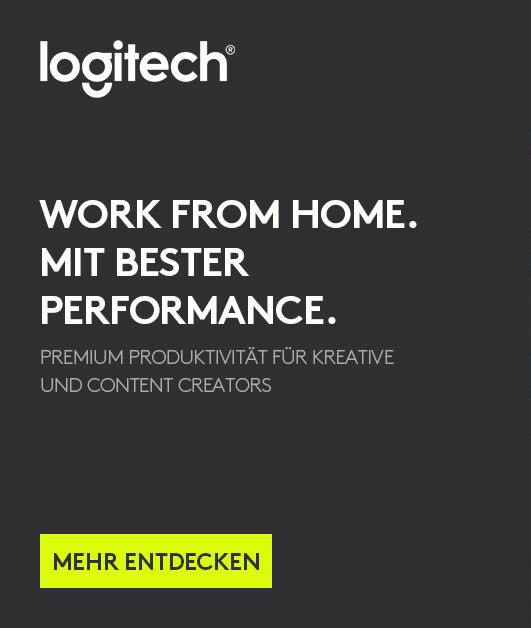Update for Zoom Whiteboard
New or enhanced feature
Admin features
Content search in admin whiteboard management
- Admins with content view role can now search for content within whiteboards from the Admin whiteboard management page. Previously, admins could only search for whiteboards using keywords and board titles. With elastic search capabilities, admins can locate specific content inside whiteboards, making it easier to find relevant information.
User features
Zoom-hosted model support
- Whiteboard AI Companion now works when your organization uses Zoom-hosted models only. Support features include:
- Generating sticky notes and text
- Sorting sticky notes
- Refining text with AI
- Bring AI Companion to your boards while staying within hosted model preferences.
Whiteboard Project APIs
- Users can create and manage projects through new API that enables programmatic control of project resources. The API allows users to create projects with specified owner IDs, manage collaborator roles, and associate whiteboards. Users can retrieve project details including names, owners, and collaborator information through dedicated endpoints. The API also supports adding and removing whiteboards from projects, as well as managing project collaborators.
Whiteboard content summarization in AI Companion
- Users can generate text-based summaries of any whiteboard content through AI Companion directly on the canvas. Whether reviewing a brainstorm, diagram, or meeting notes, the AI-generated summary provides users with a quick and clear overview of the whiteboard's key points.
Subfolders in projects
- Users can create and manage subfolders within their projects to better organize whiteboards and files. Project owners and co-owners can create, rename, and delete subfolders, as well as move content between different subfolders. All subfolders automatically inherit the same permissions as the main project for consistent access control. When a subfolder is deleted, the content remains accessible to individual collaborators while being removed from the project structure.
Offline whiteboard creation
- Users can create and edit whiteboards when offline or experiencing unstable internet connectivity. During offline mode, changes are stored locally with encryption and automatically sync to the server once connection is restored. Features requiring server connectivity, such as pages, AI, and integrations, remain disabled until connection is established.
Matrix grouping in Whiteboard
- Users can leverage AI Companion to arrange sticky notes in a two-dimensional matrix format. This feature provides users with a quick option to group into a matrix by:
- Impact vs Effort
- Priority vs Urgency
- User defined
Kubernetes shapes
- Whiteboard Plus now includes Kubernetes icons in the shape library. Diagram your infrastructure faster with built-in shapes.
Enhancements to user profile cards
- Users can view profile cards when hovering over suggested invitees in the share sheet on desktop, @mentioned users in comments, and user names in the object info panel. The profile cards display consistent user information across these different surfaces within Zoom Whiteboard. When collaborating on a canvas, users can quickly access profile information by hovering over user names in comments and the info section.
Enhancements to comments
- Users can now add avatars and reactions to comments in Zoom Whiteboard. The new functionality allows users to easily add emojis to their comments and acknowledge other people's comments with reactions. When zoomed out, comments in close proximity are automatically collapsed into a single node, which expands to show all comments when clicked.
Create tasks from selected content in whiteboard
- Users can create personal tasks directly from selected content on the Zoom Whiteboard canvas. When creating a task from text-based objects like notes or text boxes, the content automatically copies into the task description. For non-text objects, the system generates and attaches a PNG image to preserve the visual context.
Create tasks from comments
- Users can convert comment replies into tasks within Zoom Whiteboard. When creating a task from a reply, the content automatically becomes the task title and description. The system assigns the task to both the current user and any individuals mentioned in the reply. A new reply containing task details is automatically added to the comment thread after task creation.
Card text and description hyperlinks
- Users can add hyperlinks to card text and descriptions in Zoom Whiteboard through the halo menu. When editing cards on the canvas, users can select text and create hyperlinks that remain visible and accessible directly from the canvas view. The hyperlink functionality extends to the card description menu allowing users to add links within detailed card descriptions.
AI-powered organization with smart tag generation for notes and cards
- Users can now leverage AI to automatically generate and assign tags to selected notes or cards in Zoom Whiteboard. This feature allows users to generate tags based on selected content, create tags through prompts, and assign existing tags to content. The automatic tagging system helps organize large collections of notes without the tedious process of manual tag creation. Teams can quickly search through and organize their free-form notes or brainstorming boards with consistent tagging.


